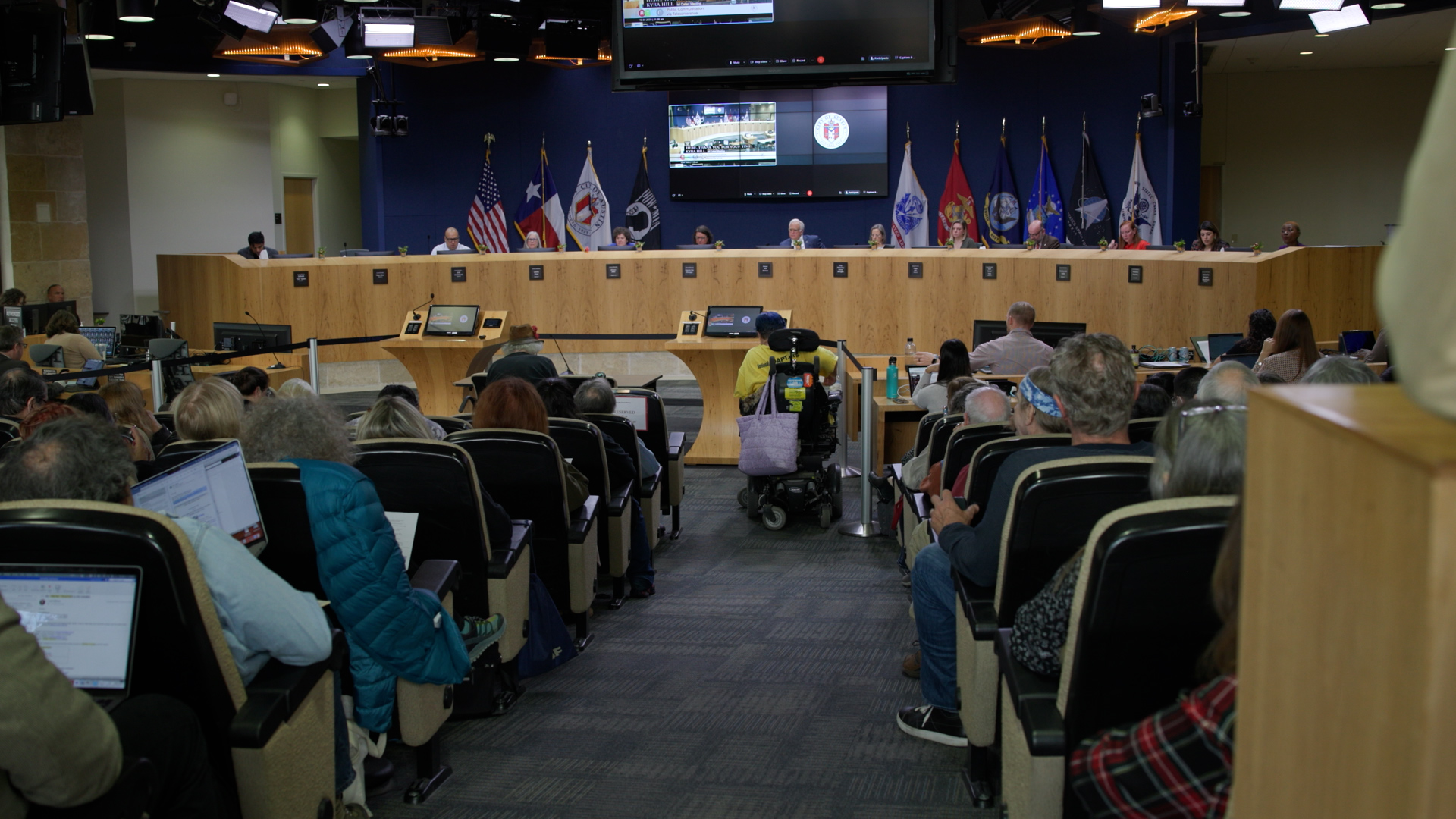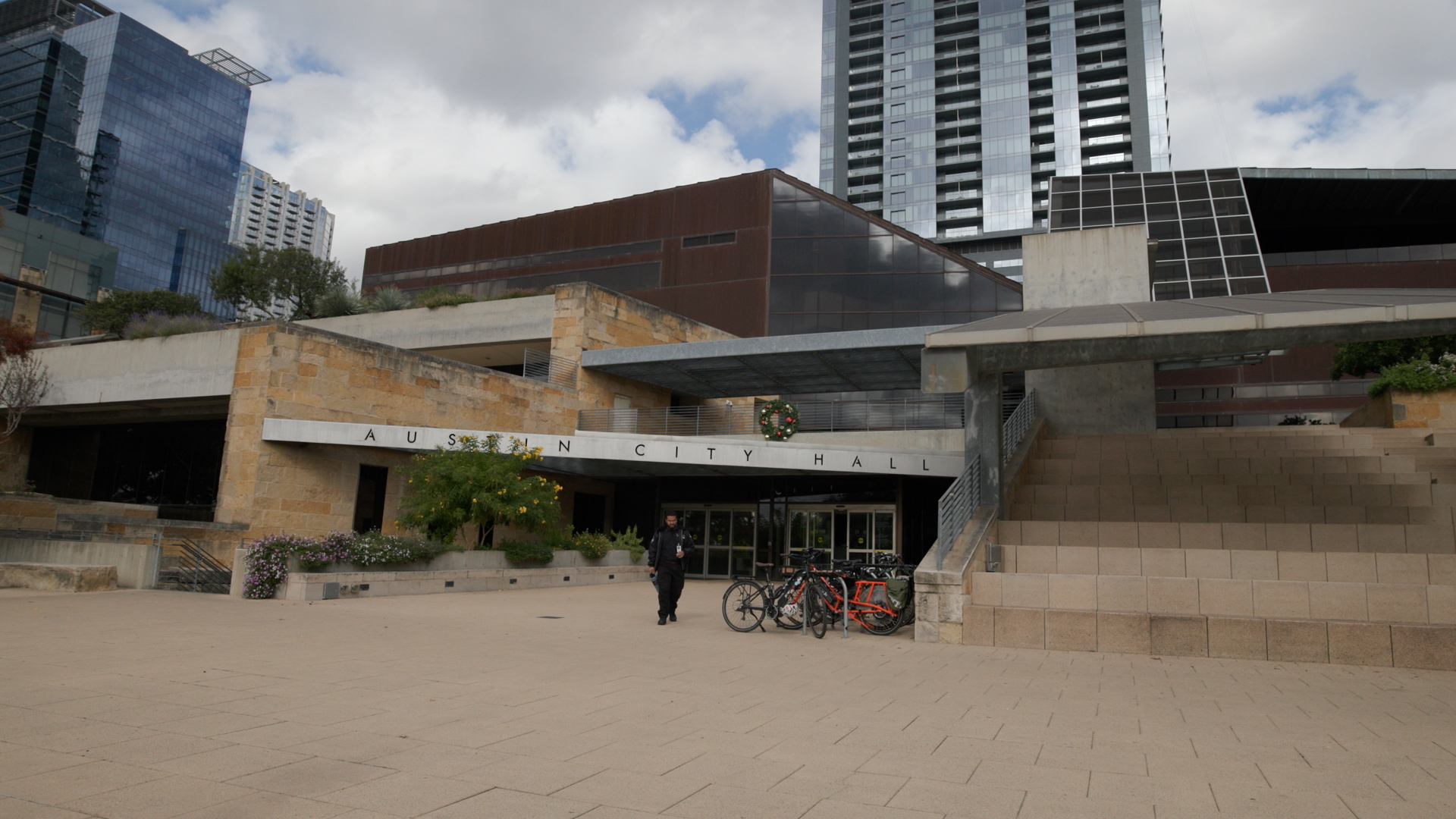
Phase One Of The HOME Initiative Starts
This week, the first phase of the HOME Initiative takes effect. Starting February 5, city staffers will accept construction applications under these new rules. But how did we get here, and how does these new land development codes affect you? We get into the details.
What is the HOME Initiative?
HOME stands for ‘Home Options for Middle-Income Empowerment’. It’s an update to the city’s land development code, allowing up to three homes to be built on most single family lots. It also eased restrictions on how many unrelated adults can live together. Amendments were also added that changed the amount of space a building could take up on a lot, and short-term rental regulations.
It was introduced by Austin City Council Member Leslie Pool last year in an effort to tackle housing affordability by increasing housing stock. The initiative found backing from several organizations across the city, including the Austin EMS Association, HousingWorks Austin, and Austin Habitat for Humanity. Phase one of the initiative passed on December 7 on a 9-2 vote.
What Changes Will I See This Week?
Residents won’t see their neighborhoods change immediately. This week is all about the paperwork. Starting February 5, the Development Services Department will begin to accept multi-unit residential construction applications. According to their website, the new land code amendments only apply to duplexes, two-unit and three-unit residences. Building permits submitted before February 5th will be reviewed under pre-HOME rules. But applicants proposing a two-unit project can opt in to the new regulations by submitting an update. For now, those working on three-unit projects will have to resubmit a new application to be considered under the new ordinances, according to the DSD.
Applicants can also have their plans reviewed under the pre-HOME rules after February 5th. Under the Fair Notice Application process, applicants can request a one-year extension to submit their building permit under the previous land code regulations. But past the one-year mark, plans must meet HOME guidelines.
The new HOME ordinances only apply to lots zoned Single-Family Residence Large Lot (SF-1), a Single-Family Resident Standard Lot (SF-2) or a Family Residence (SF-3). You can check the zoning for your property at the city’s Property Profile website.
An aerial view of houses in east Austin. Under the new rules, up to three units can be built on some single-family lots.
Many residents are concerned that once these construction projects get underway, it will push more residents out of the city, especially residents in Austin’s Eastern Crescent. Ana Aguirre is with Community Not Commodity, a group opposed to the HOME initiative. In December, she spoke out against the new rules being passed.
“We already have predatory people or individuals or companies that are already reaching out to residents in the Eastern Crescent offering to buy their backyards for $100,000,” Aguirre says. “The council needs to protect Black and brown communities that have been gentrified.”
The exterior of Austin City Hall. Phase Two of the HOME Initiative is expected to be up for public comment in the spring.
Proponents argued that the new rules would increase overall housing stock, therefore reducing housing costs across the city and easing the financial pressure on families at risk of displacement. Zachary Faddis is a board member of AURA, a group advocating for the HOME Initiative. When Phase One passed last winter, he said HOME and affordable housing can co-exist.
“We should be doing a lot more … building publicly subsidized housing,” Faddis says. “But one of the best ways that we can raise revenue to allow yourself to have more options as far as to build affordable housing is by allowing market rate development. They do not conflict.”
What’s Next?
Work is moving forward on HOME Phase Two. It would change minimum lot sizes for single-family homes. This is a complicated challenge as it involves utility easements and impervious cover regulations. Public hearings for this second phase are expected in the next few months.
Community journalism doesn’t happen without community support.
Got story ideas, advice on how we can improve our reporting or just want to know more about what we do? Reach out to us at news@klru.org.
And if you value this type of reporting, then please consider making a donation to Austin PBS. Your gift makes the quality journalism done by the Decibel team possible. Thank you for your contribution.
More in Politics:
See all Politics posts







Contact Us
Email us at news@klru.org